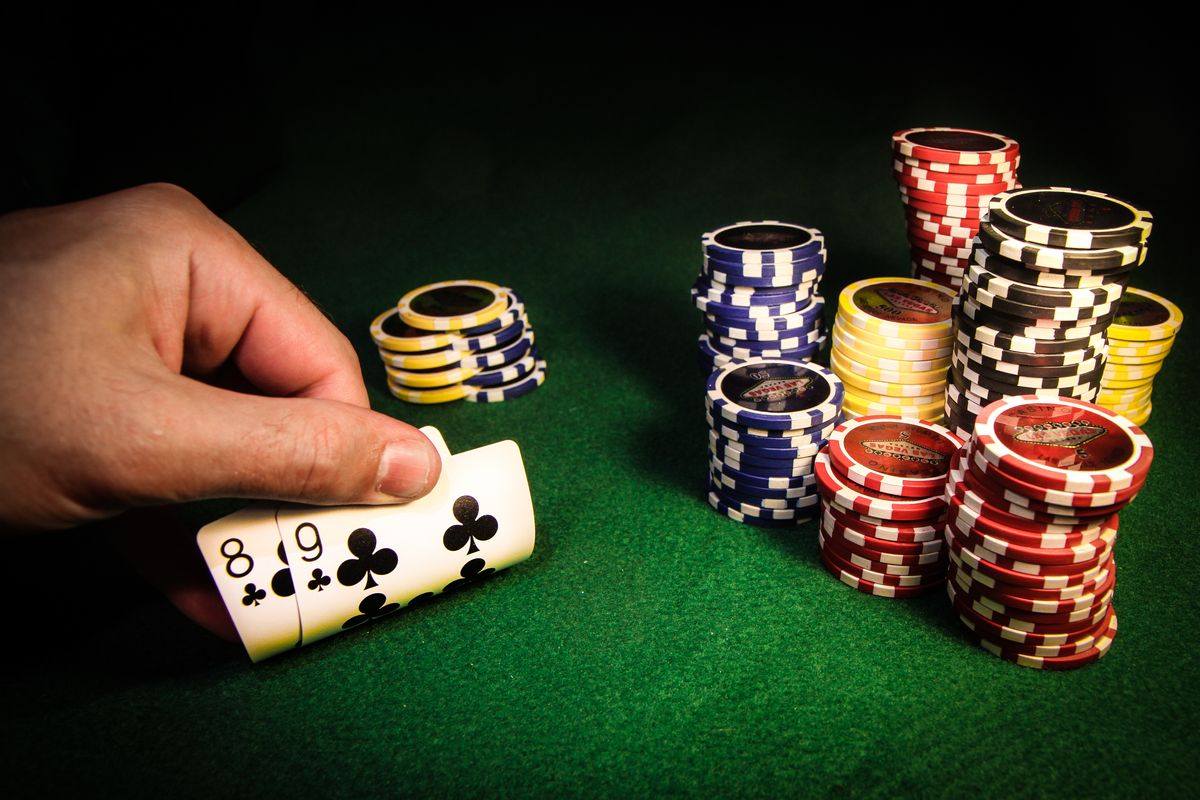
Counting Cards
In poker, the probability of each hand is the number of ways to draw the hand, divided by the total number of possible hands. For example, the probability of being dealt a flush (a hand with all five cards of the same suit) is 4 ways to draw a flush out of 2,598 possible hands. This gives us a probability of 0.15% or 1 in 649 for being dealt a flush.
To calculate poker probabilities, we need to know two things: the number of ways to make each hand, and the total number of poker table. The first part is easy: there are many resources that list all the possible poker hands and how many ways there are to make each one. The second part is more difficult, but it can be done by counting all the possible ways to make any given hand.
For example, if we want to know the probability of being dealt a flush in hearts, we would need to know how many ways there are to make a flush in hearts (there are 9), and how many total possible hands there are (there are 2,598). We then divide 9 by 2,598 to get our answer: 0.15% or 1 in 649 for being dealt a flush in hearts.
Outs
An “out” is any card that will improve your hand if you draw it. For example, if you have aflush draw (four cards of the same suit), you have nine outs because there are 13 cards per suit and you need any one of those nine remaining cards to complete your flush.
The probability of hitting an out on the turn (the next card) is calculated by taking the number of outs you have and dividing it by the total number of unseen cards (17). So if you have nine outs, your probabilityof hitting an out on the turn is 9/17 = 53%. This means that you should hit your hand about 53% of the time.
Pot Odds
Pot odds are the ratio of the size of the pot to the amount you have to bet to stay in the hand. For example, if the pot is $100 and you have to bet $10 to stay in the hand, your pot odds are 100:10 or 10-to-1.
The probability of hitting your hand (outs) is only one part of the equation—you also need to know how much money you stand to win if you hit your hand. This is where pot odds come in. If the pot odds are greater than the probability of hitting your hand, then it is profitable to stay in the hand; if they are less than the probabilityof hitting your hand, then it is not profitable to stay in the hand.
For example, let’s say you have a flush draw on the turn with four hearts in your hand and there are two more hearts on the board. This gives you six outs (any heart will give you a flush). The probabilityof hitting an out on the river (the next card) is 6/46 = 13%.
Now let’s say that there is $100 in the pot and it costs $10 to call on the river. Your pot odds are 100:10 or 10-to-1. Since 13% > 10%, it is profitable for you to call here even though you only have a 13% chance of winning.
Examples of Poker Probabilities.
Flushes
A flush is a hand where all of the cards are of the same suit. The probability of being dealt a flush is 0.1965% or 1 in 5,108.
Straight Flushes
A straight flush is a hand where all of the cards are of the same suit and are in sequential order. The probability of being dealt a straight flush is 0.0015% or 1 in 649,740.
Four of a Kind
Four of a kind is a hand where all four cards are of the same rank. The probability of being dealt four of a kind is 0.024% or 1 in 4,165.
Conclusion
Poker probabilities are essential to understand if you want to be a winning player poker strategy. By understanding how to calculate different probabilities, you can make better decisions at the table and improve your overall winrate. While some probabilities are easy to calculate, others require a bit more thought. However, with a little practice, you’ll be able to quickly and easily calculate any poker probability.











